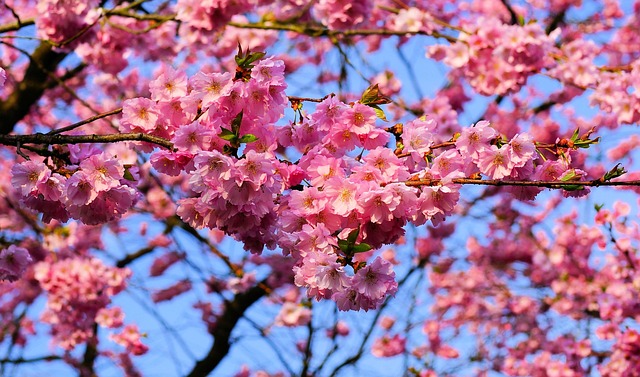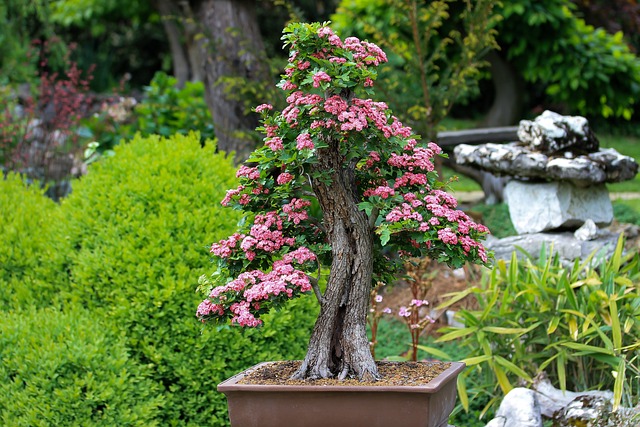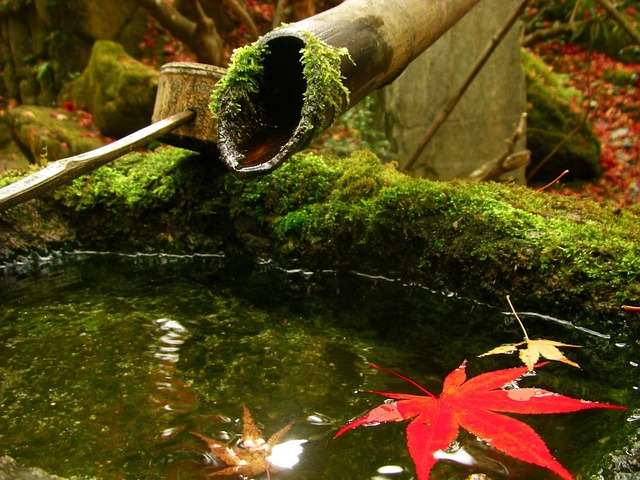There is not one single definition of a happy life. Typically, it is an emotional state characterized by certain feelings of joy, contentment, satisfaction, and fulfillment. Because happiness differs from person to person, psychologists and social scientists define it as a subjective well-being. How an individual feels about their life at present is what keeps him happy. Regular life practices and how you perceive the world affect your mood, keeping you grounded and surrounded with positive energy. Out of all the cultures, Japanese people are known for their healthy habits and better living style. Some believe the “Japanese practices for a happy life” make all the difference.
According to the 2022 report, there are 90,526 centenarians in Japan. This is the fifty-second time since 1963 that Japan has witnessed an annual rise in people’s age to 100 years and more. When compared between the men and women, the majority of the centenarians are women, portraying a ratio of 89%. Another 2023 report describes that as of September 2022, 80 thousand women and 10 thousand men in Japan were registered as 100 years or older.
7 Japanese Practices For A Happy Life

Moving on, here is a list of the seven Japanese practices for a happy life:
Ikigai
It is also known as the “reason for existence” – prioritizing your happiness and longevity. In Japanese, ” iki ” means life, and “gai” resonates with value or worth. Dating back to the Heian period (794-1185), one’s “ikigai” describes their life purpose. The thing that inspires you the most brings joy to your daily life. Also, ikigai can help you design the ideal professional life, maintain a healthy work-life balance, and pursue a specific career you have always dreamt of. When you are sure about your ikigai, life becomes all smiles, focused, and motivated.
Shinrin-Yoku
In 1980, forest bathing was introduced in Japan as a way for busy officegoers to destress from their daily hectic schedule. This later caught the sight of the rest of the world, and people all around are now indulging in the same. Forest bathing requires no running, hiking, or mountain climbing. You can just sit amidst the forest ground and appreciate the surroundings, listening to the birds chirping, trickling streams, and rustling bushes. Breathe in the clear, fragrant air of the natural wood and let the stillness influence your state of mind. Studies have revealed how forest bathing can help people with lowered blood pressure, improved heart rate, and enhanced immunity against cancer.
Wabi – Sabi
In Japanese, ‘wabi’ means less is more, while ‘sabi’ means attentive melancholy. Wabi-sabi refers to attentive awareness that earthly things will not last long and accepting the natural cycle of nature. It’s a reminder that everything around us is incomplete, impermanent, and imperfect. Impermanence is the only truth, while perfectionism is an imaginary term. For the Japanese, Wabi-Sabi is also an artistic sensitivity. The concept celebrates the passage of time and the sublime damage that things go through as days pass.

Omiyage
Fourth in the list of Japanese practices for a happy life is the concept of Omiyage, which translates as “local product” and usually is a “souvenir.” However, for the Japanese people, Omiyage as a concept is deeply meaningful and an important part of their gifting culture. In contrast to the West, where Omiyage or souvenir usually means clothing, ornaments, or key rings, but for the people of Japan, it’s food. Japanese people gift sweet items like cookies, candies, cakes, and savory edibles like dried snacks, rice crackers, and alcohol. The entire population of Japan is known for their hospitality. Here, gifts meant to be given as omiyage are always nicely wrapped, having that extra charm.
Otsukaresama
Otsukaresama translates into “tired way,” resonating with the implication “that one looks tired from their hard work, and thanking them for giving it all.” In Japanese culture, people through Otsukaresama acknowledge the efforts by another person towards the betterment of the society. It’s the art of expressing gratitude nurturing the culture of appreciation and support. This concept in daily life strengthens bonds and fosters harmonious relationships within the community.
Kaizen
The term Kaizen dates back to the post-World War II era when special working groups in Japan focused on preventing defects in Toyota. Moving on to the modern era, Kaizen has transformed into an interesting business philosophy – mitigating change for the better or continuous improvement. As part of Japanese practices for a happy life, Kaizen teaches us to work on daily improvement and take small measures, including quality control and less waste. Mostly used as a business ideology, the Kaizen methodology helps the world understand how small alterations can lead to greater outcomes and big impacts in later life.

Shokunin
The Japanese word ‘Shokunin’ translates as ‘artisan’ and has roots tied to the utilitarian folk art of the country. In the past, the artisans used to collect materials from the surroundings and incorporate them into their art. Today, the Shokunin methodology encourages people to master their own art, emphasizing continuous learning and skill refinement. It translates into – the more one strives for excellence, the greater is their level of accomplishment in the particular field.
Japan is known for its technological advancements, breathtaking landscapes, and rich culture, which has much to do with how people lead their day-to-day lives. So here is all about the Japanese practices for a happy life! Start practicing accordingly; with time, you will also notice positive changes in your daily fulfillment.



